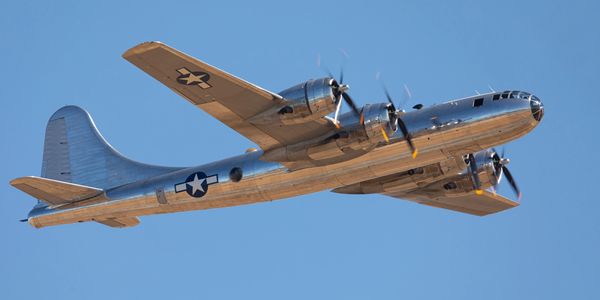Sean Lidey I.A. (907) 267-9100. AV8@gci.net
How AN Fittings Work

An AN fitting relies on a flared tube and a threaded nut (the B-nut) to hold hydraulic, fuel, oxygen, or oil lines together. When tightened, the flare seals against the fitting body. The nut’s only job is to keep that seal compressed.

The Weak Link
The nut isn't locked.
In service, fittings are exposed to vibration, thermal cycling, and line movement. Over time, the nut can back off by fractions of a turn. That’s all it takes for pressure to escape, fluid to leak, or lines to disconnect.
Aircraft with dozens — or even thousands — of fittings are carrying hidden points of failure.

Why They Haven't Changed
AN fittings are a legacy standard, dating back to WWII. They work, they’re everywhere, and replacing them across aviation would cost billions. Helicopters have some drilled B-nuts for safety wire but its not all of them. That’s why mechanics still torque and re-check constantly.
AN Fittings Were Never Designed for Today’s Demands.
They’ve served aviation for decades — but vibration, pressure, and time expose a weak point. Instead of redesigning the system, Bravolok adds a secondary lock. Two ties anchor against each side of the fitting, joined by a rigid lock bar. Once in place, the nut simply can’t rotate loose.
Replacing AN fittings across fleets would take decades and billions. Bravolok slips over existing fittings in minutes — delivering modern safety without changing the system.
AN fittings aren't going away. Bravolok makes them safer.
Download OUR SPEC SHEET
Files coming soon.
Contact Us
Patent US 9,682,807
Patent US 9,624,016
© 2025 BravoLok Safety Systems. All rights reserved. Patented Technology.